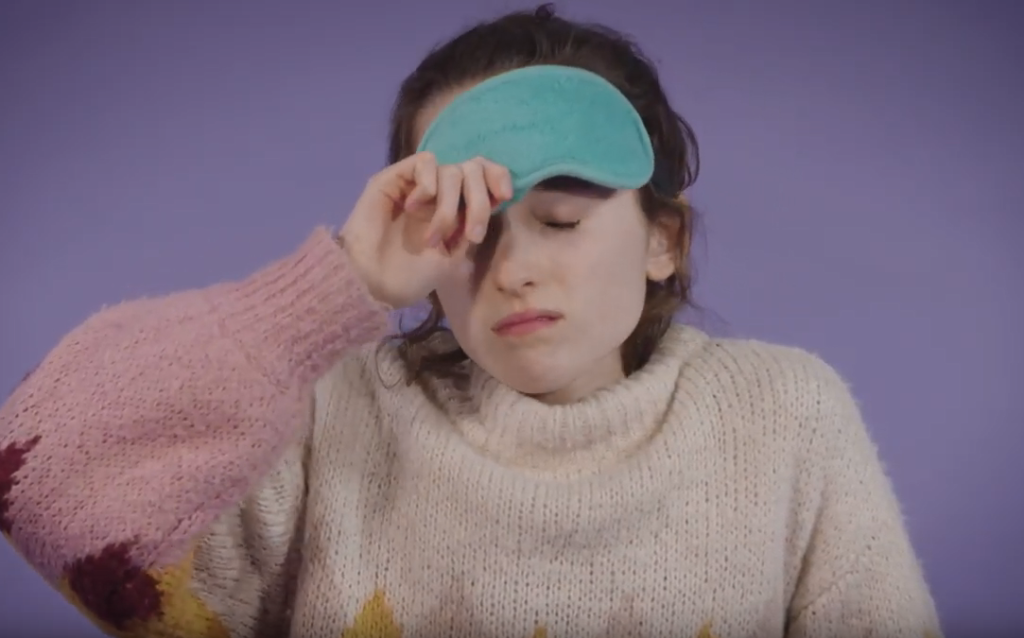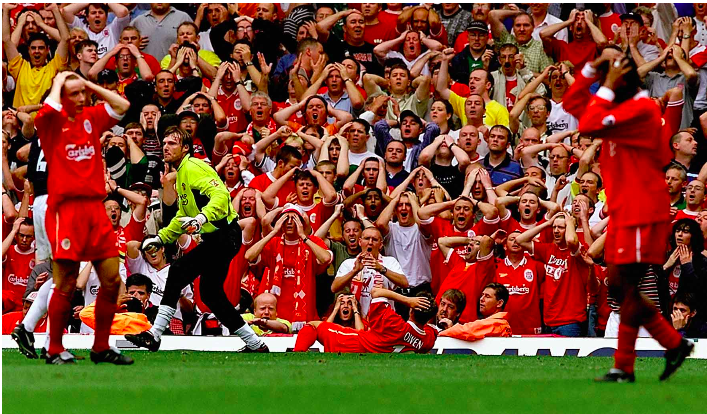Georgina Donati, a Postdoctoral student at the Centre for Brain and Cognitive Development reflects on a talk given by Dr Iroise Dumontheil, Reader in Cognitive Neuroscience, that explores how various brain networks, in particular, those linked to emotional reactivity, the control of behaviours, and social interactions, continue to develop during adolescence.
The paradox of adolescence, Dr Dumontheil begins, is that while individuals are at the peak of their cognitive ability, they do not necessarily use this ability to make good real-life decisions. This talk explored what cognitive neuroscience has found out why this might be the case.
Across development, the brain goes through a gradual structural process of decreasing grey matter (the cell bodies and connections) and increasing white matter (the fat that covers the connections making them faster). During adolescence, this is happening most clearly in the frontal and temporal lobes while at the same time cognitive control, social cognition and emotion regulation are changing and developing.
Cognitive control: Several key aspects of cognitive control continue to develop during adolescence including the ability to inhibit a response or distractor, monitor, maintain and manipulate information in the mind; sustain, divide or select things for attention; shift between tasks, plan for the future and even try and remember future needs. The development of these skills behaviourally coincides with brain-based changes in activation interpreted as a process of increased specialisation in the pre-frontal cortex.
Social cognition: Social cognition is how we process, store and use information about other people and how this influences us.
Adolescents exhibit different social behaviours to adults; they struggle with perspective taking but are also more aware of and responsive to social situations. For example, in a study where both groups partake and are excluded from an online game of catch, adolescents experience more anxiety and negativity in response to this exclusion than adults. In the brain during social cognition, adults recruit their temporal lobes more where adolescents recruit their prefrontal cortex. This has been interpreted as a difference in strategy – adults use previous experiences to inform their understanding, whereas adolescents, perhaps lacking in previous experience, rely on abstract thought and cognitive control.
Emotions and Sensation Seeking: There are also changes in subcortical areas of the brain during adolescence which coincides with an increase in emotional reactivity and sensation-seeking behaviours. Adolescent brains seem to react more strongly to fearful  faces as well as taking more risks. However, this increased risk-taking behaviour is only evident when in the presence of their peers, when alone they act similarly to adults and this effect has been replicated across different species. Adolescent mice, for example, drink more alcohol when with their friends than when alone but adult mice do not.
faces as well as taking more risks. However, this increased risk-taking behaviour is only evident when in the presence of their peers, when alone they act similarly to adults and this effect has been replicated across different species. Adolescent mice, for example, drink more alcohol when with their friends than when alone but adult mice do not.
At an age when individuals are starting to make their own choices, carve their own futures and develop their own identities, these sensitive exploratory behaviours could have adaptive or maladaptive outcomes. Scientists such as Dr Dumontheil are trying to work out what factors might increase the adaptive rather than maladaptive outcomes.
Watch ‘The Adolescent Brain‘ video here.


